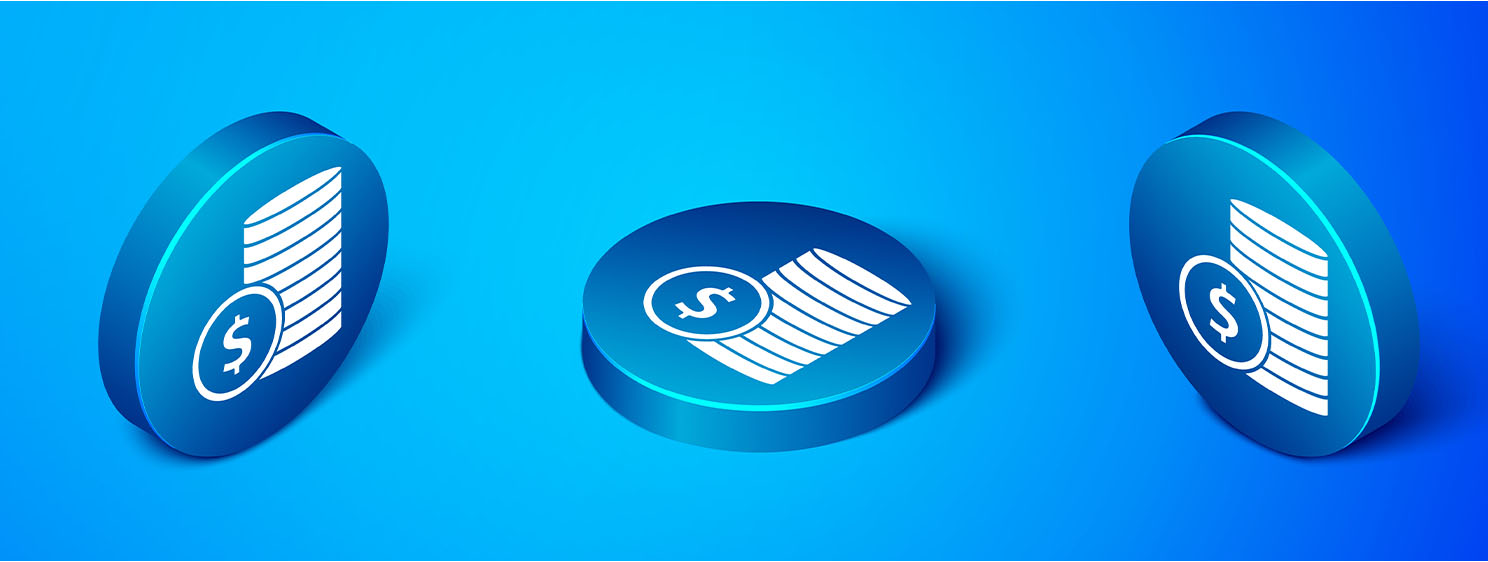|
Getting your Trinity Audio player ready...
|
On May 21, the Guiding and Establishing National Innovation for U.S. Stablecoins (GENIUS) Act cleared a key hurdle in the Senate, getting the votes needed to advance in the legislative process. Lawmakers voted to officially take up the bill for debate and amendment, setting it on a path toward a final vote after the Memorial Day recess.
This is a big step for the proposed bill, which, on its first vote, failed to get the majority it needed to advance. This caused the bill to stall as lawmakers were sent back to the drawing board to make changes that could gain support from both parties.
However, the most recent crop of changes seemed to be enough to get the vote over the hump because this time around, the Senate voted yes in a 69–31 vote, and shortly after the bill advanced, financial institutions wasted no time hopping on the stablecoin bandwagon.
Big banks plan stablecoin launch after Senate vote
Less than 24 hours after the bill advanced, it was reported that JPMorgan Chase (NASDAQ: JPM), Bank of America (NASDAQ: BAC), Citigroup (NASDAQ: C), Wells Fargo (NASDAQ: WFC), and other large commercial banks were in the very early stages of a conversation about banding together to launch their own stablecoin. It’s suspected that the banks are doing this to compete with the crypto-native companies when it comes to stablecoin products.
With a new administration in the White House, digital currency-related and adjacent business opportunities are receiving increased interest, and stablecoins are leading the charge. Although they have existed since roughly 2014, stablecoins gained renewed popularity this year and are emerging as a highly profitable, relatively low-risk product in the digital currency world. This is most likely one of the key reasons that both old and new players want to enter or increase their presence in the stablecoin market.
Why banks are suddenly interested in stablecoins
If an entity launches a stablecoin beyond being licensed and compliant, it needs to ensure that its stablecoins in circulation are 100% backed by cash or cash equivalents. Many stablecoin providers choose treasury bills as their cash equivalents, which means they get to passively rake in the roughly 4% of the money they have stored in those T-bills, thanks to the yield on the T-bills. This may not sound like a lot, but if you operate on a multi-billion-dollar scale, like some of the world’s largest stablecoin providers, that passive income becomes significant.
Until recently, only digital currency companies were willing to venture into stablecoins. Big banks, like those mentioned above, saw the endeavor as too risky, especially because it would mean they would be operating in uncharted territory with unclear regulations, which typically isn’t worth the risk in a highly regulated industry like banking and finance.
But the GENIUS Act changes this. The GENIUS Act introduces a comprehensive regulatory framework for stablecoins that provides regulatory guidance and oversight for both those looking to issue stablecoins and stablecoin consumers, effectively creating the stablecoin regulation that both digital asset incumbents and banks were looking for. The GENIUS Act gives these entities confidence, guidelines, and a roadmap that allows them to do business legally and compliantly.
So, with these proposed changes, both digital asset companies and traditional financial (TradFi) institutions saw an opportunity to introduce a new use case for stablecoins: having them serve as the infrastructure for banking transactions.
Stablecoins are shifting from safe haven to banking railsPreviously, the top use case for stablecoins was to act as a safe-haven asset for traders looking to avoid volatility. However, with new stablecoin legislation on the table, it looks like that is beginning to change. Now, stablecoin issuers are looking to have their stablecoins be key pieces of infrastructure that live within banking and financial institutions, primarily for interbank settlements, remittance payments, repo transactions, and internal treasury operations. The stablecoin use case is being explored because stablecoin payments can typically be settled instantaneously at a much lower cost and can be facilitated 24/7, unlike their TradFi alternatives, such as wire transfers and payments over the SWIFT network that have higher fees and fewer operating hours.
Interestingly, this changes who the “customer” of the stablecoin is. With stablecoins as a safe-haven asset, the big customer was digital asset exchanges that needed the stablecoins for liquidity purposes in various trading pairs. But, as plumbing for the global financial system, the “customer” becomes banks, payment service providers, and other financial institutions that need to keep stablecoins on hand to facilitate transactions or cash out the recipient in the transaction if they wish to keep their balance in stablecoin.
JPMorgan tried to make headway on this use case years ago with its JPM Coin on its private blockchain called Kinexys (formerly called ONYX), but it never really picked up traction. Only JPMorgan clients were able to take advantage of the JPM Coin, which severely limited the product’s ability to grow. At the time, much regulation related to digital assets and banking was unclear, so JPMorgan positioned it as a settlement product rather than a crypto product. The product still exists and has allegedly processed $2 billion in daily transactions throughout 2024, but it flies under the radar since it operates in JPMorgan’s walled garden.
But this is understandable because, at the time of JPM Coin’s launch, stablecoins were “boring” and not very often talked about products unless they were algorithmic stablecoins on the verge of going bust. But now, with the GENIUS Act on the table and Circle, the top stablecoin provider in the U.S., making a series of moves ranging from announcing it would be going public to announcing the Circle Payments Network (CPN), a global payment system that runs on blockchain rails and settles payments with stablecoins, banks are now scrambling to offer a similar product.
Although there are risks, the economic advantages of using a stablecoin-based payment rail are hard to ignore. The two biggest benefits—faster settlement and lower costs—aren’t just marginal improvements; they’re efficiency gains that could disrupt any bank operating on the old rails. If one set of institutions is moving money instantly and cheaply while the others are still waiting on wires and paying fees to SWIFT, the ones sticking with the legacy system are essentially choosing inefficiency.
That’s why we’re now seeing the major banks enter early talks about launching their own stablecoins and building out their own networks. It’s not about innovation as much as it is about survival; if they don’t move, platforms like the Circle Payments Network could quietly chip away at their market dominance.
Stablecoin market is set to get crowded
The GENIUS Act isn’t law yet, but the momentum is there, and the market is already reacting like it’s a done deal. If stablecoins really do become the plumbing for the financial system, the players who move early will have an early advantage, while those who drag their feet will run the risk of losing market share to those who opted for stablecoin solutions.
However, I don’t expect it to be entirely smooth sailing for those who do move early. Since stablecoins are essentially interchangeable commodities, with one digital dollar functioning the same as another, the market is on track to reach a dilemma that we often see in commoditized markets. With a handful of service providers in the space, it won’t really matter whether a bank uses USDC and Circle’s payment network or whatever stablecoin the conglomerate of big banks decides to create; both will serve the same function.
That means stablecoin issuers and payment networks will need to offer more than fast settlement and regulatory compliance. They will have to offer something extra, like better integration with their existing systems, revenue-sharing models, or other perks, to win business in what’s shaping up to be an increasingly crowded, competitive market.
Watch: Richard Baker on engineering a smarter financial world with blockchain

 12-22-2025
12-22-2025 




